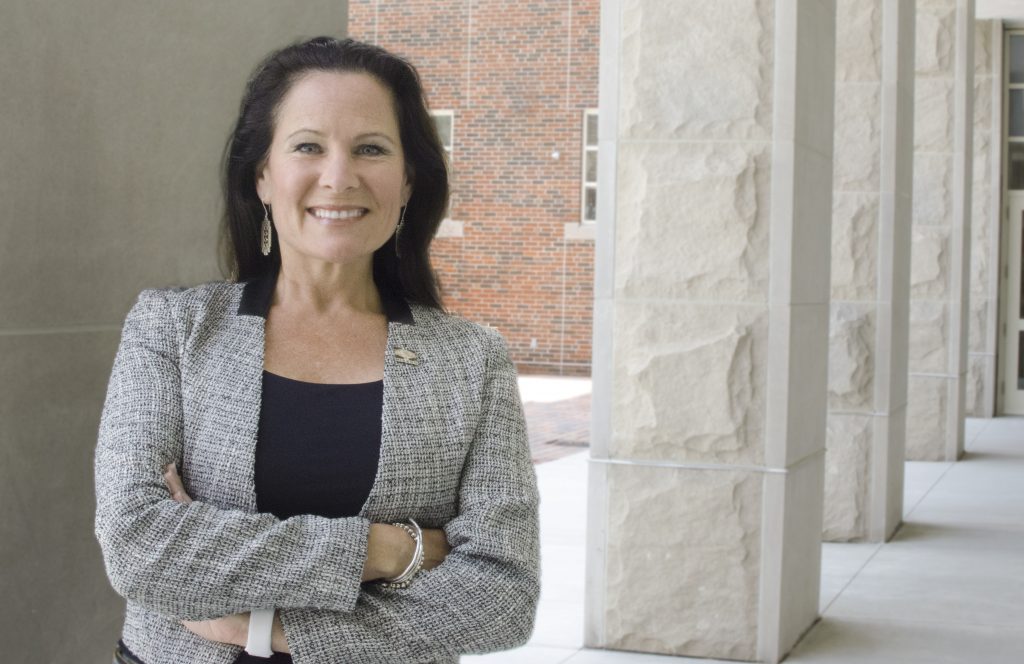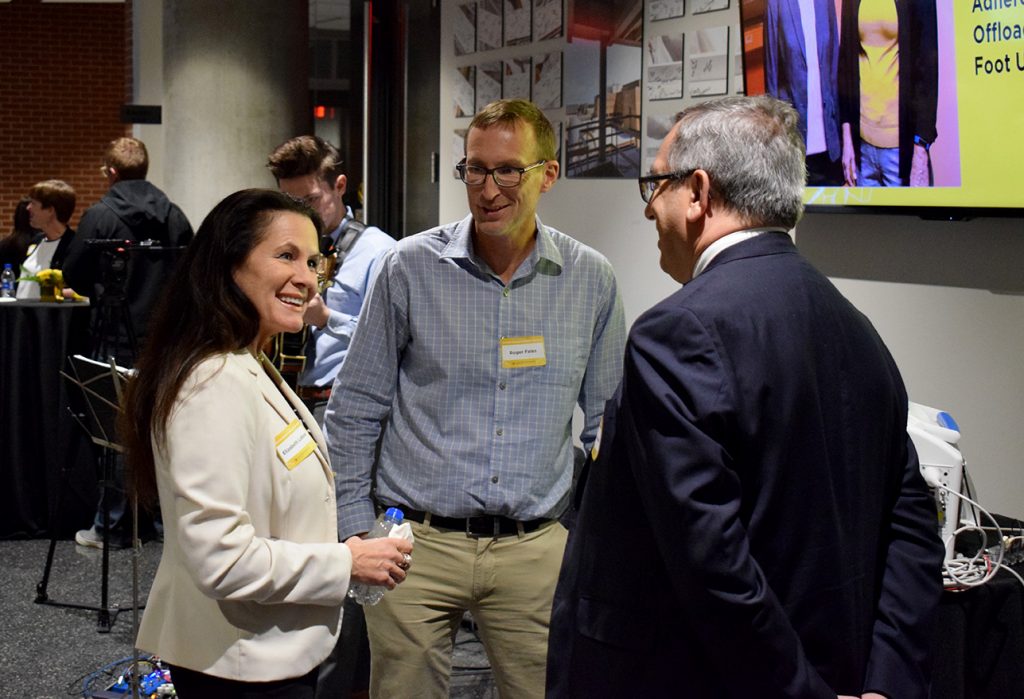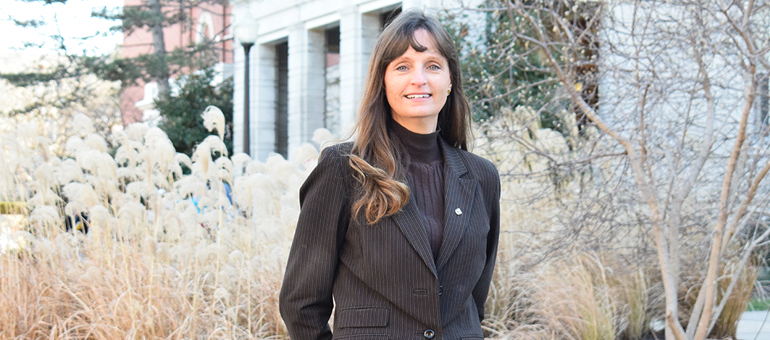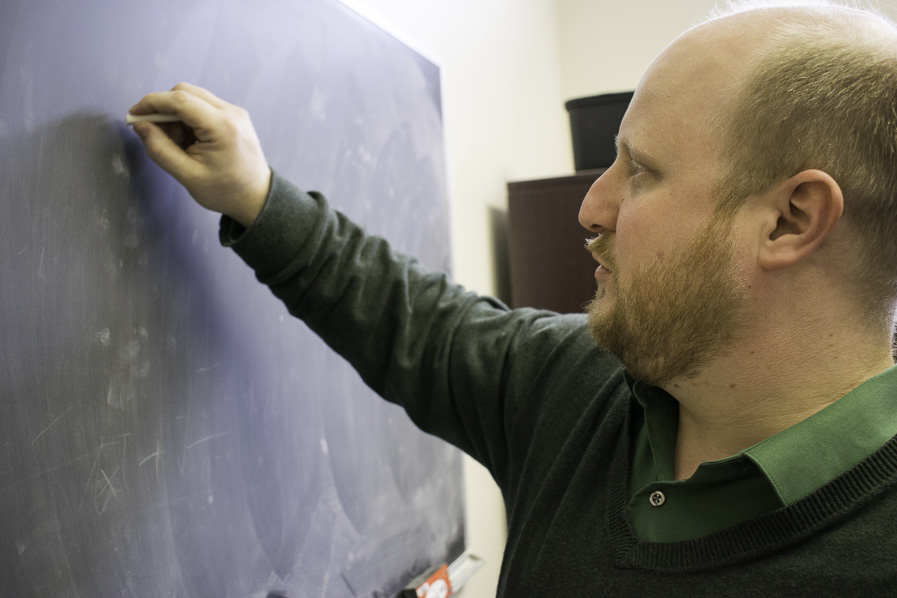
Research has Implications for Aging, Arthritis and Osteoporosis
Similar to muscles, bones add mass when they are mechanically loaded via physical activity but will lose mass if immobilized or when a person spends time at low or zero gravity, such as an astronaut. New research from Mizzou Engineers finds that similar processes occur with cartilage.

MU Awards $260,000 to Accelerate Biomedical Discoveries from Lab to Market
The University of Missouri’s Coulter Biomedical Accelerator Program awarded four grants totaling $260,000 to help promising medical discoveries make the transition from laboratory research to commercial investment and direct patient care. The grants were announced at an awards ceremony on Nov. 5 at the MU School of Medicine.

MU recognized for innovative culture
The National Academy of Inventors (NAI) recently launched a national campaign that recognizes Mizzou’s innovative culture. NAI chose MU to host the kickoff due to our university’s past successes in supporting early-stage innovations.

MU Engineering/School of Medicine researcher receives $3.7 million federal grant
With a $3.7 million federal grant, MU is taking the first step in an effort to produce a more effective immunotherapy treatment for cancer patients. This grant is part of the National Institutes of Health “Cancer MoonShot Initiative” whose goal is to make a decade’s worth of cancer research progress within five years, according to the NIH website.

Mizzou Engineers leading UM System effort for computational data hub
The upcoming NextGen Precision Health Institute will bring researchers from across MU and the UM System together in one world-class facility to collaborate on the kinds of research that will shape the way the world uncovers precision health outcomes for individual patients.

Mizzou’s Skubic helping shape rehab recovery
According to the American Stroke Association, stroke is the leading cause of disability in the United States. For patients recovering from a stroke, paralysis or loss of muscle movement on one side of the body can make daily chores and tasks more difficult to complete. Now, researchers at the University of Missouri have received more than $3 million from the National Institutes of Health to better assess and monitor patients recovering from stroke.

MU receives nearly $4 million from National Institutes of Health to commercialize biomedical discoveries
The National Institutes of Health has awarded the University of Missouri-Columbia nearly $4 million to direct a consortium of Midwestern universities that will collaborate to turn biomedical discoveries into marketable products.

Mizzou Engineering’s Bradley earns esteemed graduate fellowship
Fifth-year Biomedical, Biological & Chemical Engineering doctoral candidate Janae Bradley recently earned the 2019 Dr. Donald M. Suggs Dissertation Support Fellowship.

BBCE’s Hammond lands distinguished Department of Energy award
Only 73 scientists nationwide — 46 at universities and 27 at national laboratories — received awards in September from the Department of Energy’s Early Career Research Program, which is “designed to bolster the nation’s scientific workforce by providing support to exceptional researchers during the crucial early career years, when many scientists do their most formative work.”

Mizzou research aims to improve driver alerts through science
If researchers can predict how drivers will react, they can better tailor systems either broadly or potentially to individual motorists. Mizzou Engineering Assistant Professor Jung Hyup Kim’s research opens the door to potentially creating a more interactive system.